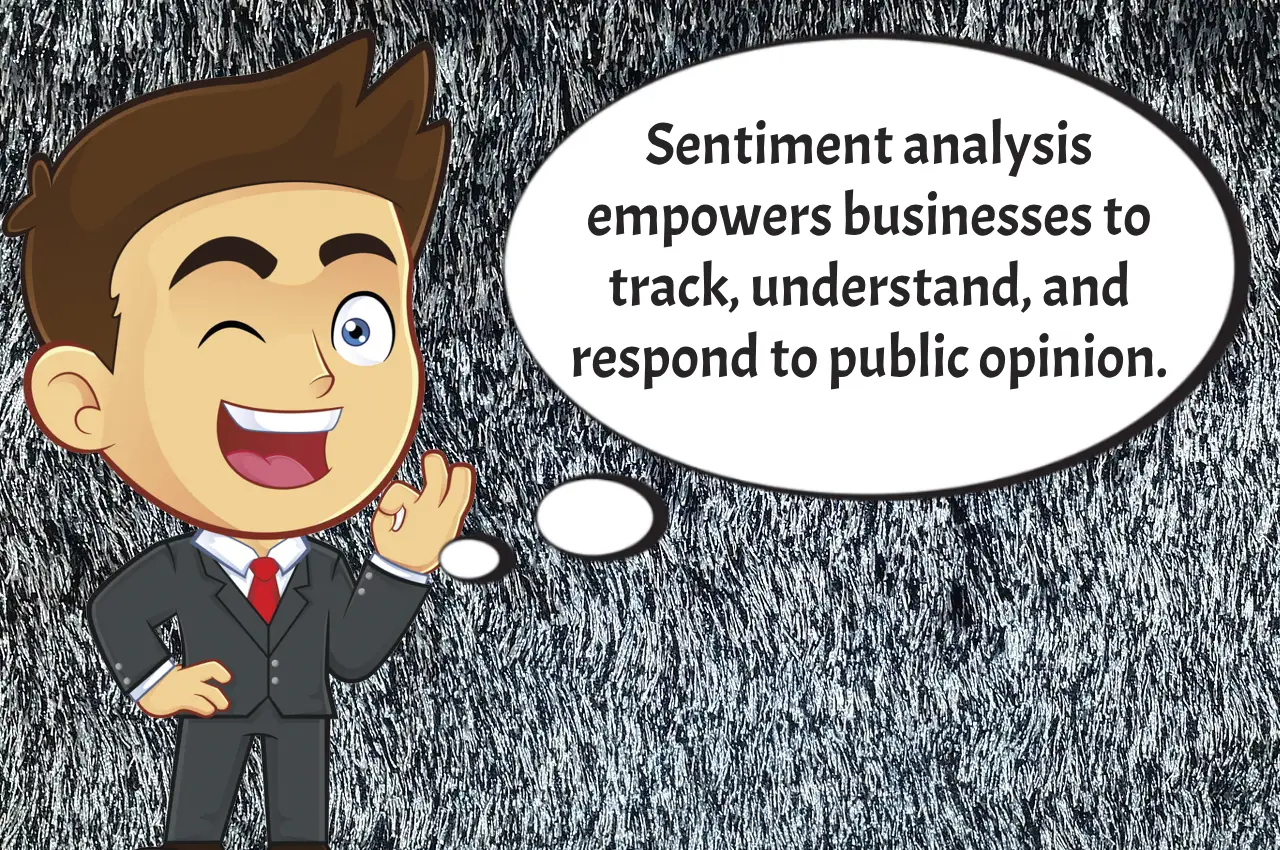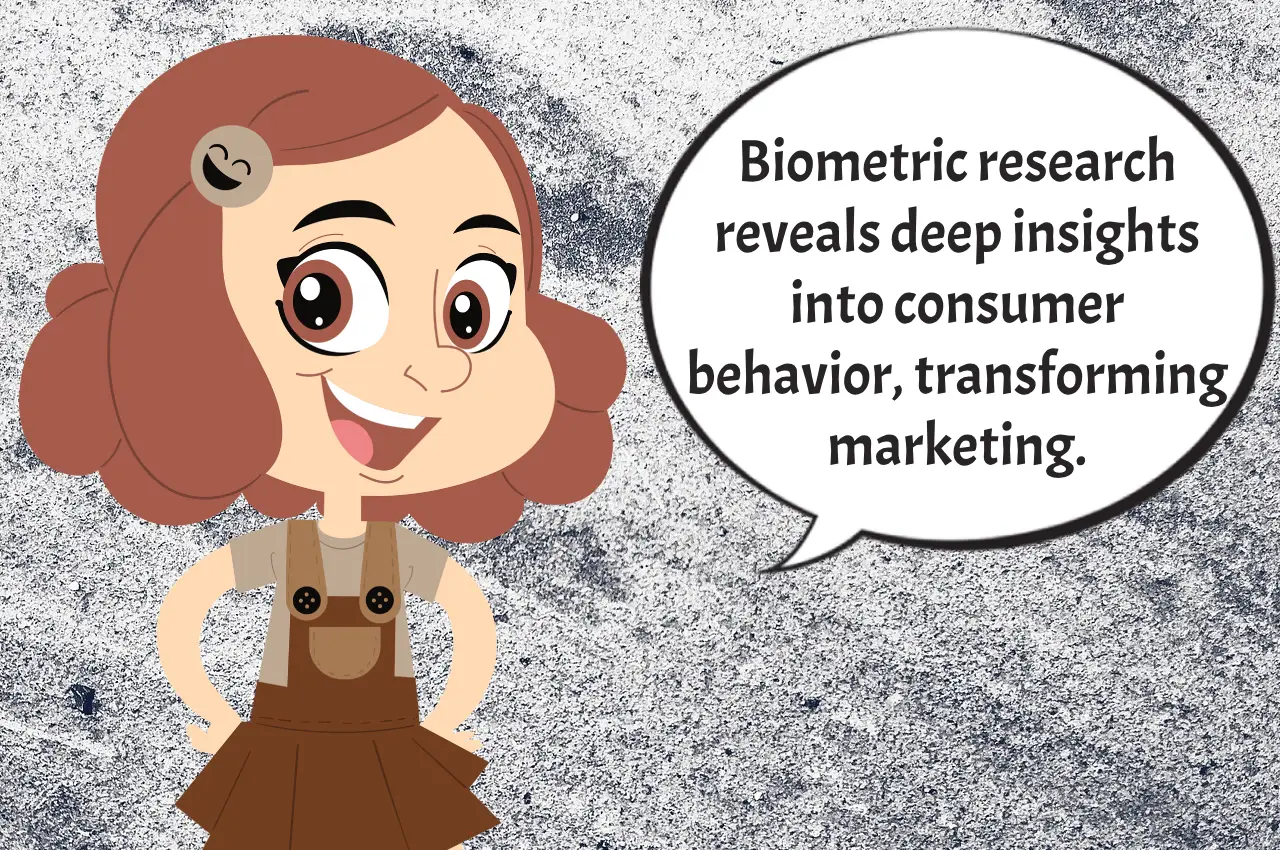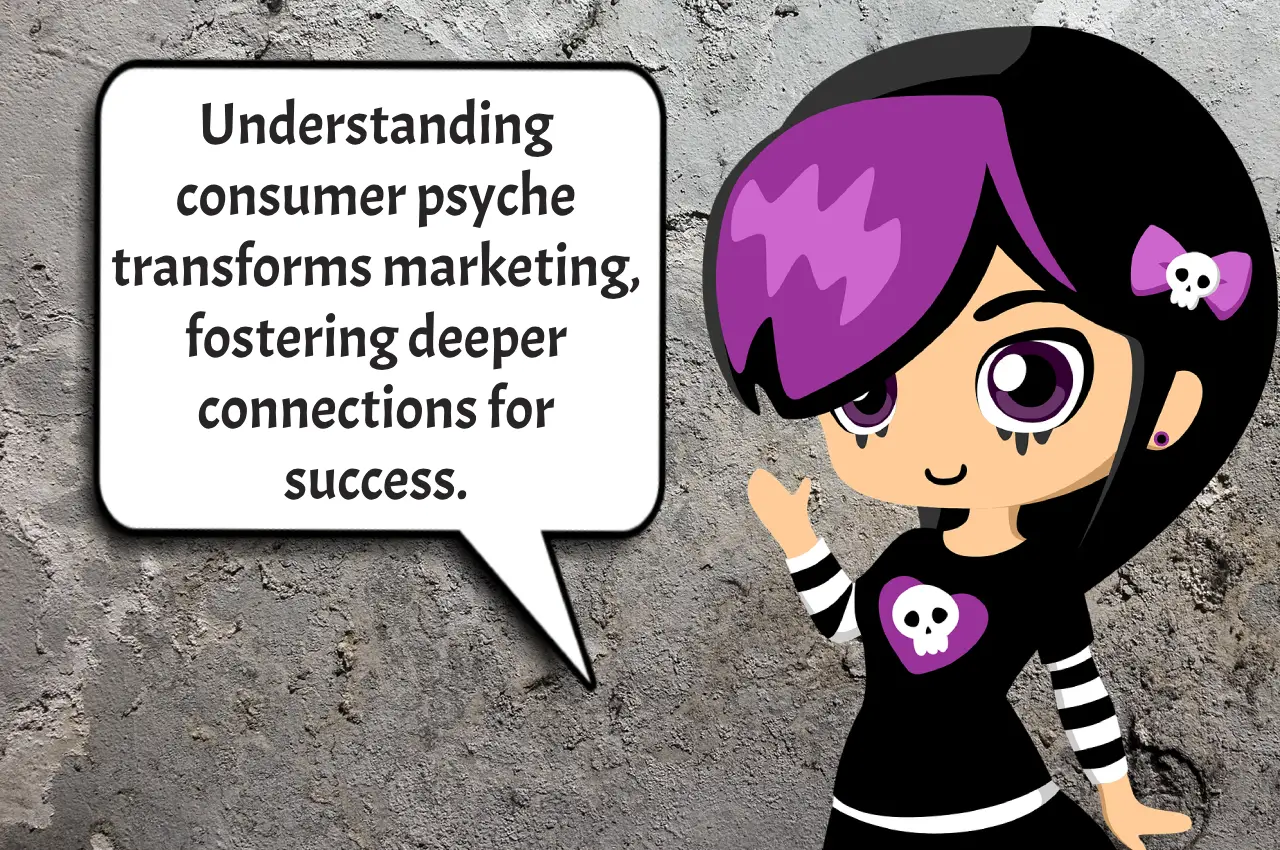Understanding what people think has always been critical for businesses. But today, it’s more than just looking at sales data or conducting surveys. With the rise of social media, reviews, and online conversations, businesses have access to a treasure trove of public opinion. The challenge? Making sense of all this information. That’s where sentiment analysis comes in. This powerful tool helps businesses interpret public opinion and use it to shape their strategies.
What Is Sentiment Analysis?
Simply put, it is a method used to determine whether the emotion behind a piece of content is positive, negative, or neutral. It allows businesses to monitor public sentiment toward their brand, products, or services by analyzing large amounts of data from various sources, such as social media, customer reviews, blog posts, and forums.
Consider a brand that just launched a new product. Instead of relying on traditional feedback mechanisms like surveys, they can use sentiment analysis to scan social media platforms and reviews in real-time. This provides the company with a faster, more dynamic understanding of customer reactions.
Why Sentiment Analysis Matters in Market Research
Market research has long been about gathering data to understand consumer behavior, preferences, and trends. However, traditional methods such as surveys and focus groups can be time-consuming and offer limited insights. It fills that gap by allowing brands to analyze vast amounts of data quickly.
This ability to gauge public opinion in real-time can be a game-changer. It allows businesses to stay agile and respond promptly to shifts in public sentiment. For example, if negative sentiment around a particular feature of a product starts trending on social media, businesses can address the issue before it snowballs into a crisis.
It also provides a more holistic view. While traditional market research might focus on specific questions, sentiment analysis taps into unsolicited feedback. This feedback can often reveal insights that companies wouldn’t have thought to ask.
Sentiment Analysis in Action
Let’s look at a well-known real-world example. Starbucks frequently uses sentiment analysis to monitor social media conversations. When they rolled out their infamous “holiday cup” design, the company received a mix of feedback—some loved it, while others criticized it. Through sentiment analysis, Starbucks quickly picked up on the public’s emotions and made adjustments to their communication strategy. The result? They were able to maintain a connection with their audience and address any concerns before they escalated.
This approach is not unique to Starbucks. Many businesses are embracing it to refine their offerings and stay relevant.
Tools for Sentiment Analysis
There are a variety of tools available for performing sentiment analysis. Some popular options include:
Hootsuite Insights: Ideal for tracking real-time public opinion on social media.
Brandwatch: A comprehensive platform that provides detailed sentiment insights across different online sources.
Google Cloud Natural Language: Great for natural language processing and identifying sentiment in written content.
These tools employ algorithms to analyze the language people use and break it down into sentiment categories. More advanced tools can even detect nuances in language, such as sarcasm or irony, which can complicate sentiment analysis.
How Sentiment Analysis Works
Sentiment analysis typically involves several stages. First, the software gathers data from various online sources—this could be anything from a tweet to a blog post. Then, it uses natural language processing (NLP) to identify the sentiment behind the text. Finally, it categorizes the sentiment into positive, negative, or neutral.
Some systems also offer a more granular breakdown, providing insight into emotional intensity. For instance, is a customer only mildly dissatisfied, or are they outraged? This deeper analysis allows businesses to prioritize issues based on urgency.
The Role of Sentiment Analysis in Product Development
For businesses, understanding public sentiment doesn’t just help in managing brand reputation—it plays a crucial role in product development. By tapping into customer feedback, companies can refine their products and services based on real user experiences.
Take the case of Netflix. The streaming giant uses sentiment analysis to monitor viewer feedback and optimize its content strategy. If a new show sparks a lot of buzz on social media—whether positive or negative—Netflix can quickly assess public sentiment and adjust its marketing or even content offerings accordingly.
This kind of agility helps companies not only meet but exceed customer expectations.
Challenges in Sentiment Analysis
While it can be a powerful tool, it’s not without its challenges. One major hurdle is the complexity of human language. For example, sarcasm or humor can skew results. A customer might tweet, “Wow, another delay on my flight. Thanks, AirlineX, you’re the best!” While the comment is dripping with sarcasm, some sentiment analysis tools might interpret this as positive feedback.
Another challenge is cultural context. A phrase that means something positive in one culture may have a completely different connotation in another. This can be tricky when analyzing global conversations.
However, with advancements in artificial intelligence and machine learning, sentiment analysis tools are improving in their ability to interpret these nuances. Some tools are even able to detect more complex sentiments such as frustration or excitement, making them increasingly sophisticated.
Practical Tips for Using Sentiment Analysis in Market Research
Focus on Trends, Not Individual Comments: It’s easy to get caught up in single pieces of feedback, but the real value of sentiment analysis lies in identifying larger trends. Is the overall sentiment shifting positive or negative? Look at the bigger picture.
Combine Sentiment Analysis with Other Research: While it is powerful, it works best when used in combination with other market research methods. For instance, pair it with surveys or focus groups to gain a more comprehensive understanding.
Act on the Insights: Sentiment analysis is only useful if you act on it. If you notice rising negative sentiment about a particular feature, address it quickly. Whether it’s improving customer service or tweaking a product, the quicker you respond, the better.
Monitor Sentiment Regularly: Don’t make it a one-off task. Continuous monitoring ensures you’re always in touch with how your audience feels about your brand, helping you make timely adjustments.
Conclusion
Sentiment analysis has transformed how businesses gauge public opinion. By analyzing real-time conversations, companies can gain invaluable insights, allowing them to respond to customer feedback more effectively and adapt to market demands quickly.
As businesses continue to rely on online feedback, it will only become more integral to market research. The ability to understand how customers feel—often before they even realize it themselves—gives companies a major competitive edge.
How do you plan to integrate sentiment analysis into your market research strategy? Leave a comment below and share your thoughts!





